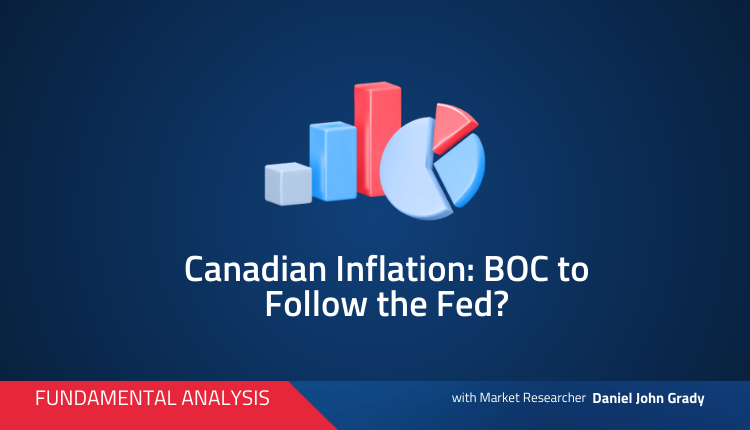
US data has had a habit of surprising the market to the upside, of late. It seems that there is a lot of hope that macro releases will support more rate cuts by the Fed. But without a slowing economy – or, indeed, a strong economy – the market seems to get constant reminders that monetary policy isn’t going to be eased soon.
With a US holiday at the start of next week, several data releases have been brought forward to today and tomorrow. That leads to a concentrated dose of US economic data from here to the weekend. Typically of late, economic releases have generally left the dollar stronger, as investors have priced in too much bias to the downside.
Where is the Greenback Headed?
Generally better than anticipated data combined with poor performance among its economic peers has left the dollar trending higher so far this year. With other economies slated to have a slow recovery through the early part of the year, a strong US economy becomes the primary driver for a stronger greenback.
What investors are likely to be most focused on in the coming data barrage is how it affects price pressures. That in turn can give insight into how inflation is performing, and by extension whether the Fed will finally get around to cutting rates. The better the US economy does, the more likely rates will remain elevated. That would end up supporting the dollar, at least in the short term. Even after the recent CPI release, the fading after good data phenomenon seems to still be in place. Will there ever be enough data to firmly convince the market that easing is not coming?
What to Look Out For
Given potential impact on inflation, perhaps the release of retail sales later today will have the biggest impact on the markets. December saw a large jump in shopping, which is not surprising around the holiday season. Analysts suggested that the data was better because more people were looking for last-minute deals, and that pushed more shopping into December. Now, the consensus is that retail sales growth will halve its rate in January to 0.3% growth from 0.6%. Even stripping away the autos component (and used cars have seen slowing prices), retail sales are expected to halve their rate to 0.2% from 0.4%.
Naturally, what we’re looking for is if retail sales are above expectations, it could mean that consumer demand is strong enough to keep prices higher. And that is a distinct possibility given that services inflation in January came in above expectations. The University of Michigan will publish its consumer sentiment index tomorrow, expected to improve to 79.5 from 79.0 in January.
The Housing Market is Still Important
The next factor to pay attention to is what is happening in the cost of housing. We have to remember that this component (called “shelter” in the report) was the fastest growing segment in January’s CPI. Signs of strong demand for housing could keep that price trend going up, and keep the Fed from cutting rates.
US Preliminary building permits are expected to remain largely flat at 1.5 million compared to 1.49 million previously. Housing starts are also seen as staying pretty steady at 1.47 million compared to 1.46 million, despite the higher interest rates pushing up mortgage costs.
Trading the news requires access to extensive market research – and that’s what we do best.
The post The US Data Barrage and the Unstoppable Dollar appeared first on Orbex Forex Trading Blog.




